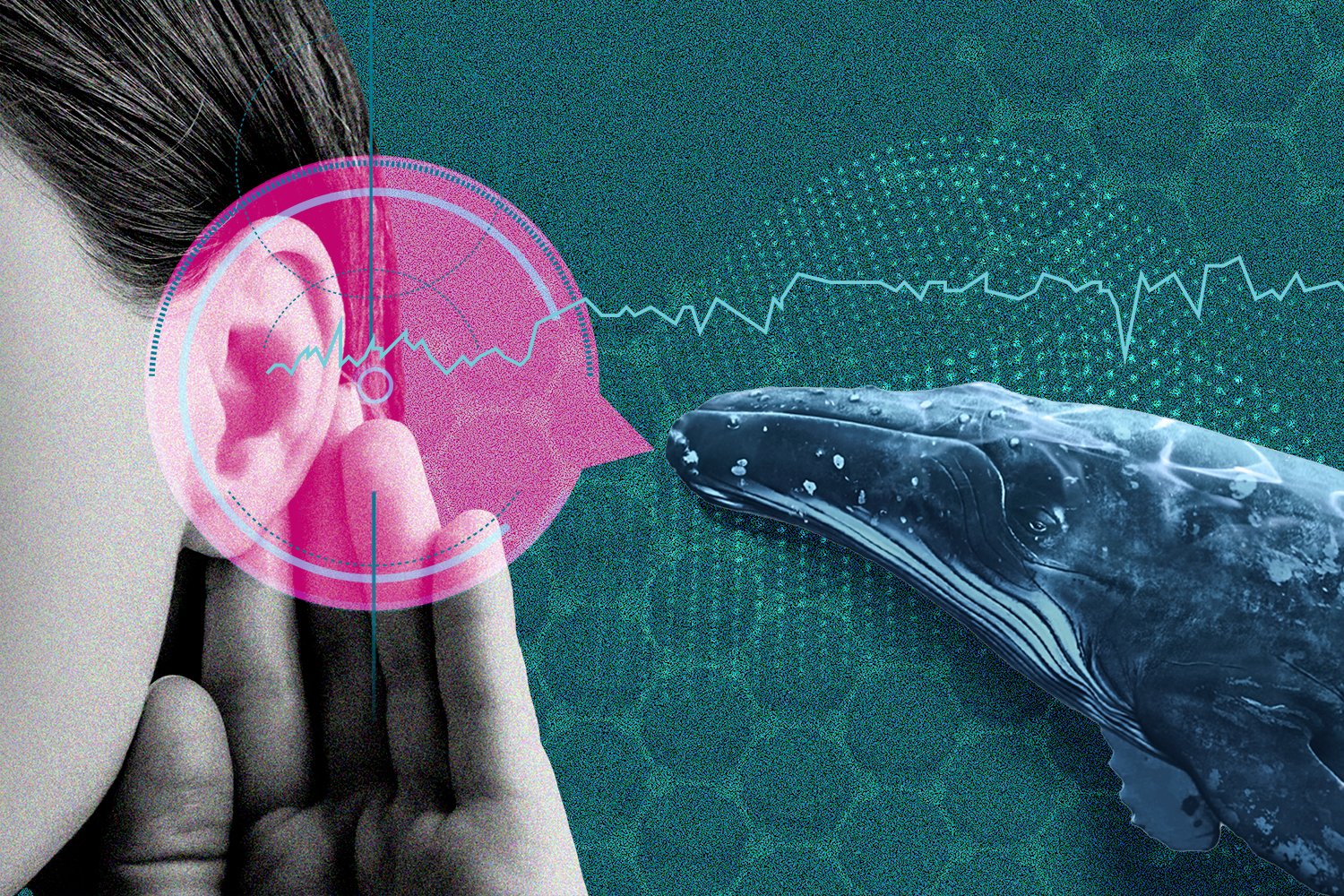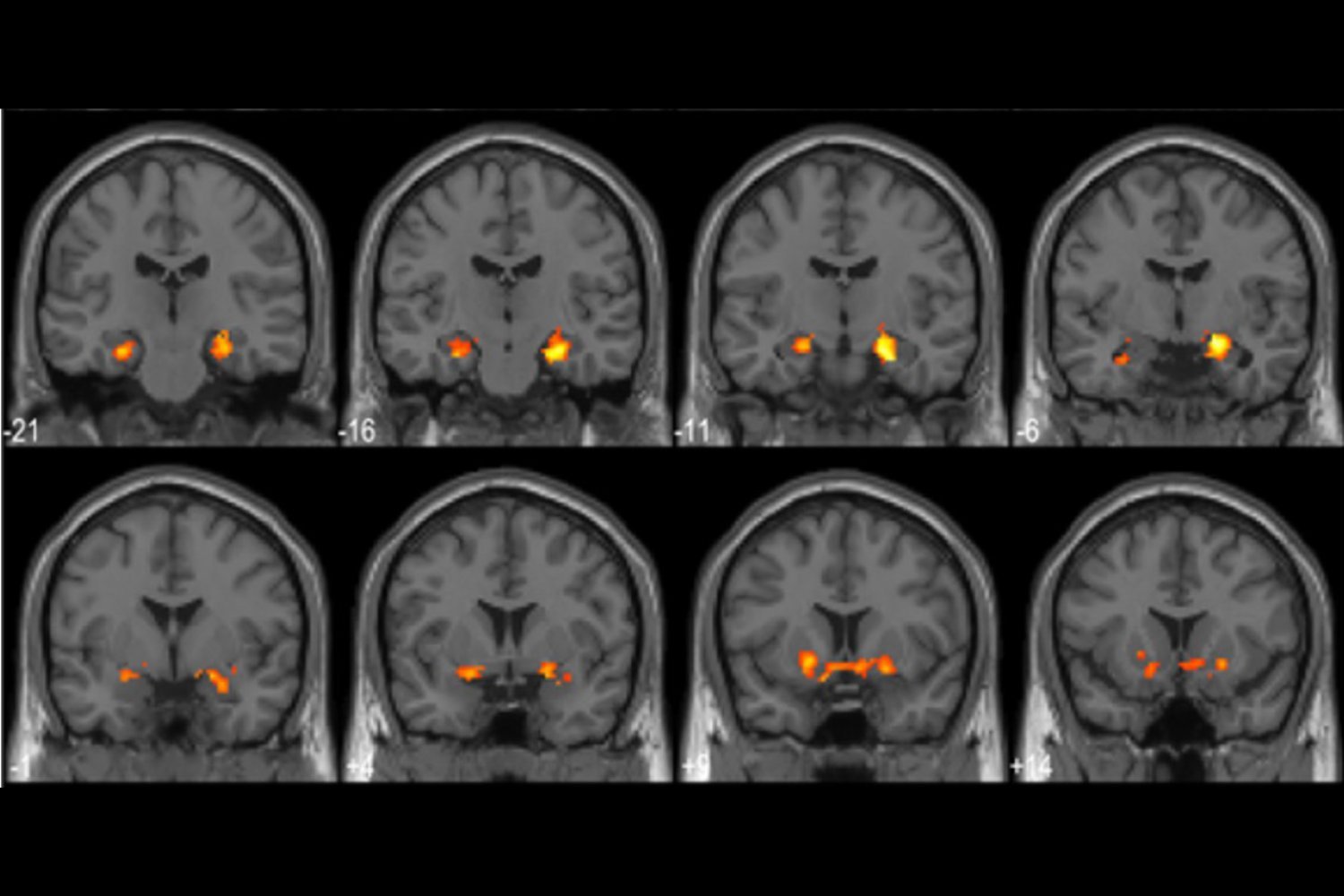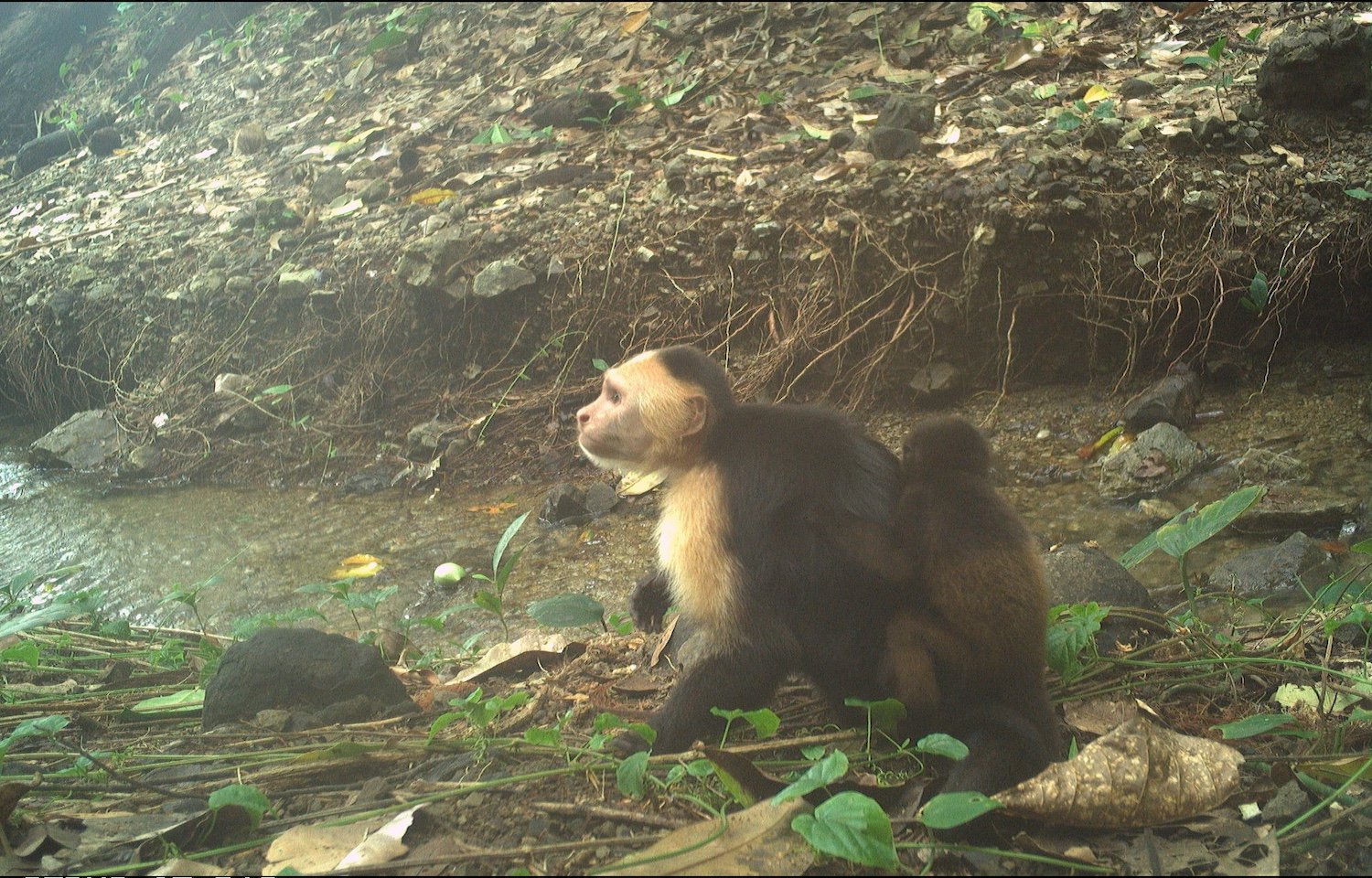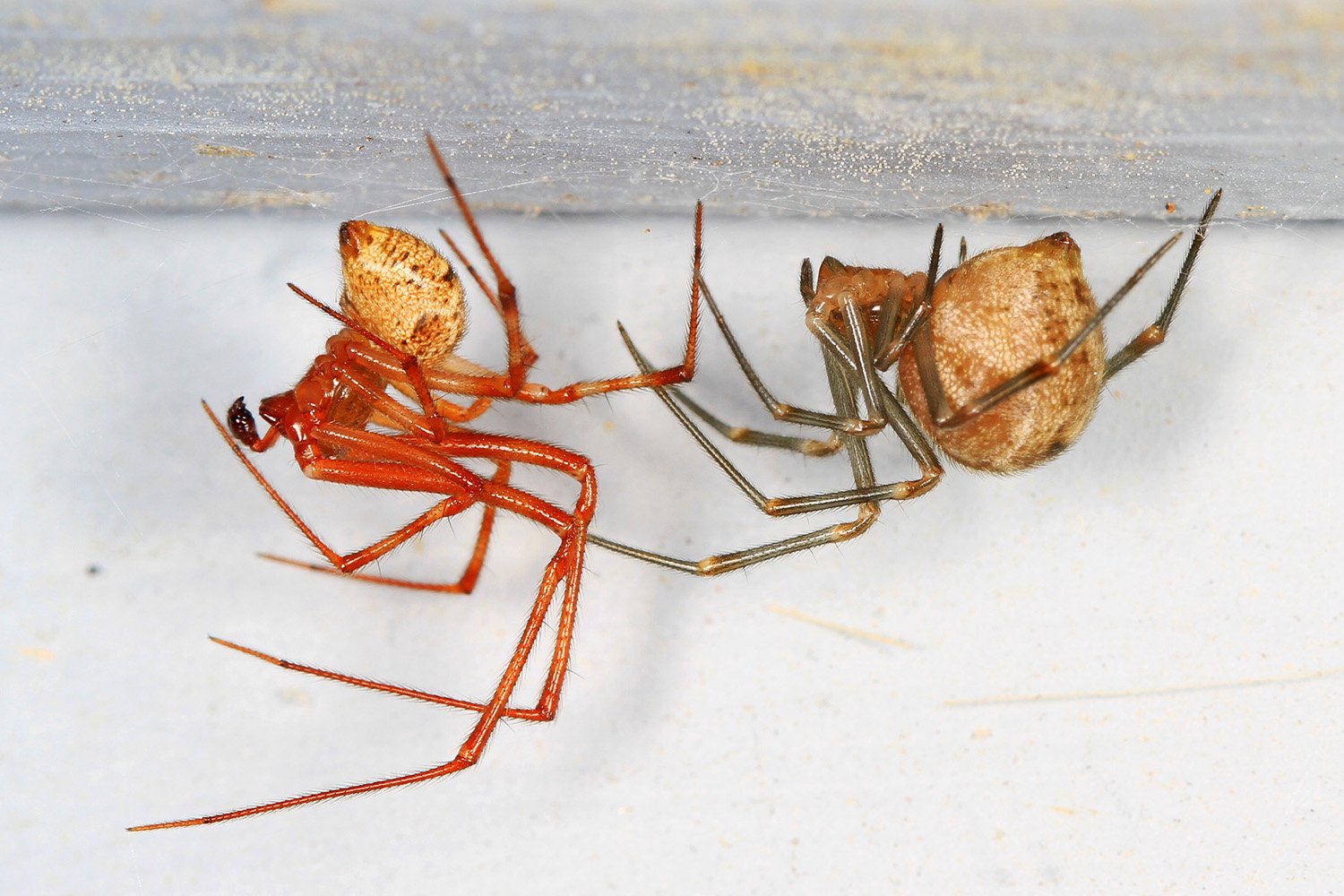Chirps, trills, growls, and howls—the animal kingdom is a symphony of communication. While humans have long observed these intricate interactions, understanding their true meaning has remained elusive. Now, artificial intelligence (AI) is emerging as a powerful tool, accelerating our ability to decipher animal language and potentially even communicate back. This breakthrough has ignited excitement and sparked crucial ethical considerations about our role in the animal world.
AI-Powered Insights into Animal Language
Project CETI, a pioneering initiative, is leveraging machine learning to analyze thousands of sperm whale “codas”—structured click patterns. Researchers have identified complex structures within these clicks, revealing a level of sophistication previously unknown. By developing a phonetic alphabet for these vocalizations, Project CETI is unveiling the rich expressiveness of sperm whale communication. Crucially, the project is also developing ethical guidelines for this technology, acknowledging the potential risks of attempting interspecies dialogue.
Meanwhile, DolphinGemma, a large language model developed by Google and the Wild Dolphin Project, is trained on decades of dolphin vocalizations. Similar to how ChatGPT processes human language, DolphinGemma analyzes dolphin sounds to predict subsequent vocalizations and even generate dolphin-like audio. This technology is being integrated into CHAT (Cetacean Hearing Augmentation Telemetry), a prototype two-way communication system. This system allows dolphins to request items using a smartphone interface, potentially paving the way for future interspecies conversations.
Beyond marine life, researchers are finding that human speech models can be adapted to decode terrestrial animal communication. A University of Michigan team used Wav2Vec2, a human speech recognition model, to analyze dog barks. Surprisingly, this model outperformed one trained solely on dog data, demonstrating the potential of existing AI architectures to understand animal signals. While identifying a dog’s emotional state or gender is relatively simpler than deciphering nuanced whale communication, each study contributes valuable insights into the application of AI in this diverse field.
Even cats, often perceived as aloof, exhibit intricate communication patterns. A 2022 study revealed that cats not only recognize their owner’s voice but also respond differently to “cat-directed speech,” highlighting their sensitivity to vocal nuances. Further research on cuttlefish has identified distinct physical gestures used for communication, opening up new avenues for AI-driven analysis of their interactions.
The Promise and Peril of Interspecies Communication
These studies mark a paradigm shift in the study of animal communication. By adapting existing AI models designed for human language, researchers are making rapid progress. The ultimate goal could be a universal translator for the animal kingdom, unlocking the secrets of interspecies communication. NatureLM, an audio-language model under development, aims to convert human speech into animal analogues, potentially enabling meaningful dialogue with diverse species.
However, this exciting prospect raises significant ethical concerns. Experts caution against overestimating the capabilities of AI and emphasize the importance of contextual knowledge derived from traditional behavioral ecology. The development and application of these technologies must prioritize animal welfare and minimize harm or disruption.
Navigating the Ethical Landscape
As AI advances, conversations about animal rights must evolve. The possibility of animals becoming active participants in these conversations is a complex legal and ethical challenge that demands careful consideration. Collaboration between AI experts and animal behavior researchers is essential to ensure responsible and ethical development of these powerful tools.
While abundant communication data exists across the animal kingdom, from prairie dog squeaks to snail trails, the ethical implications of deciphering and potentially interacting with these signals must be carefully considered. A recent paper highlighted the potential risks of AI-driven communication with whales, including privacy violations, cultural harm, and the potential for misinterpretation.
A Future of Understanding
We are on the cusp of a new era in understanding animal communication. AI has the potential to reveal intricate details about how animals interact, learn, and experience their environment. However, this power must be wielded responsibly. By prioritizing animal welfare and fostering collaboration between scientific disciplines, we can navigate the ethical complexities and unlock the secrets of the animal kingdom while safeguarding its inhabitants.











